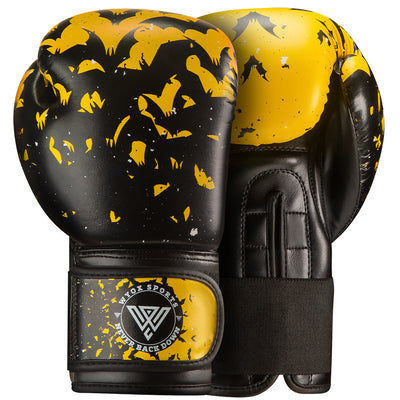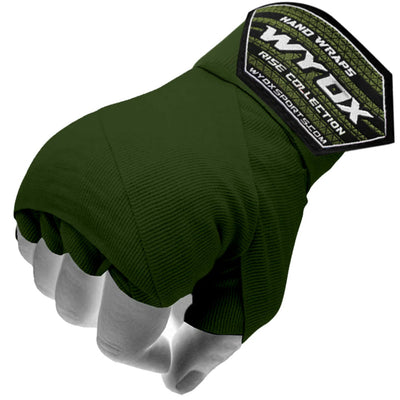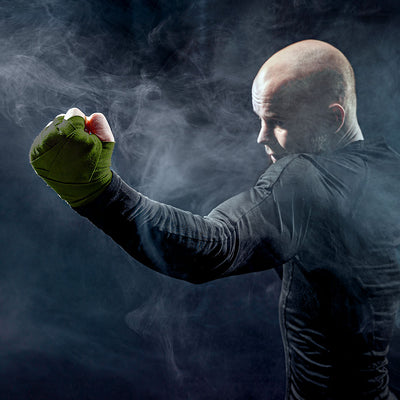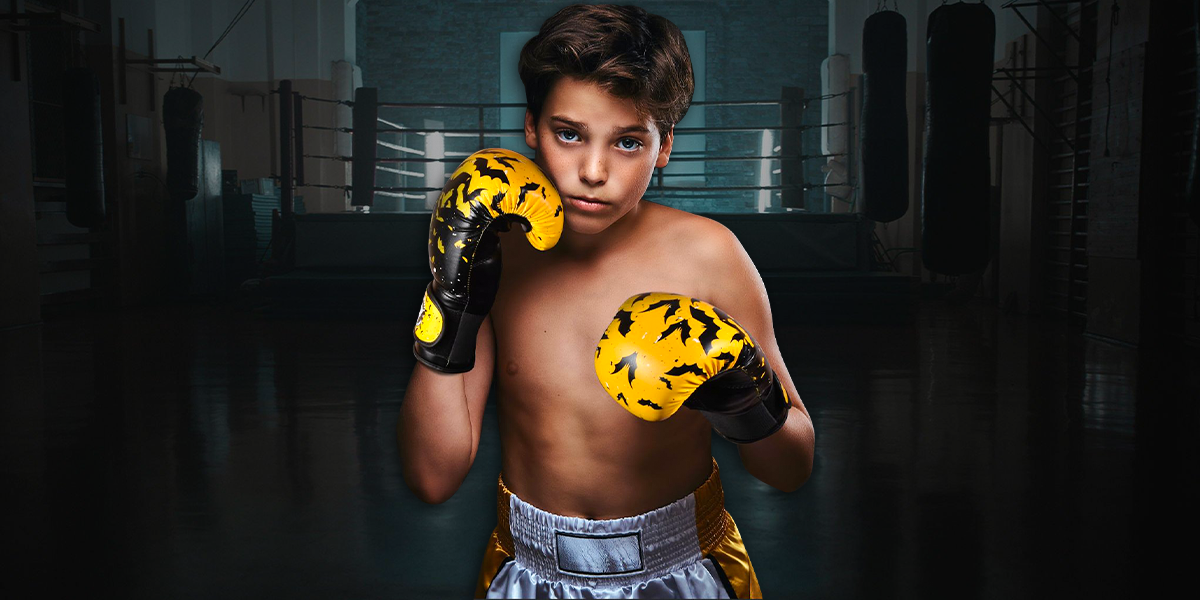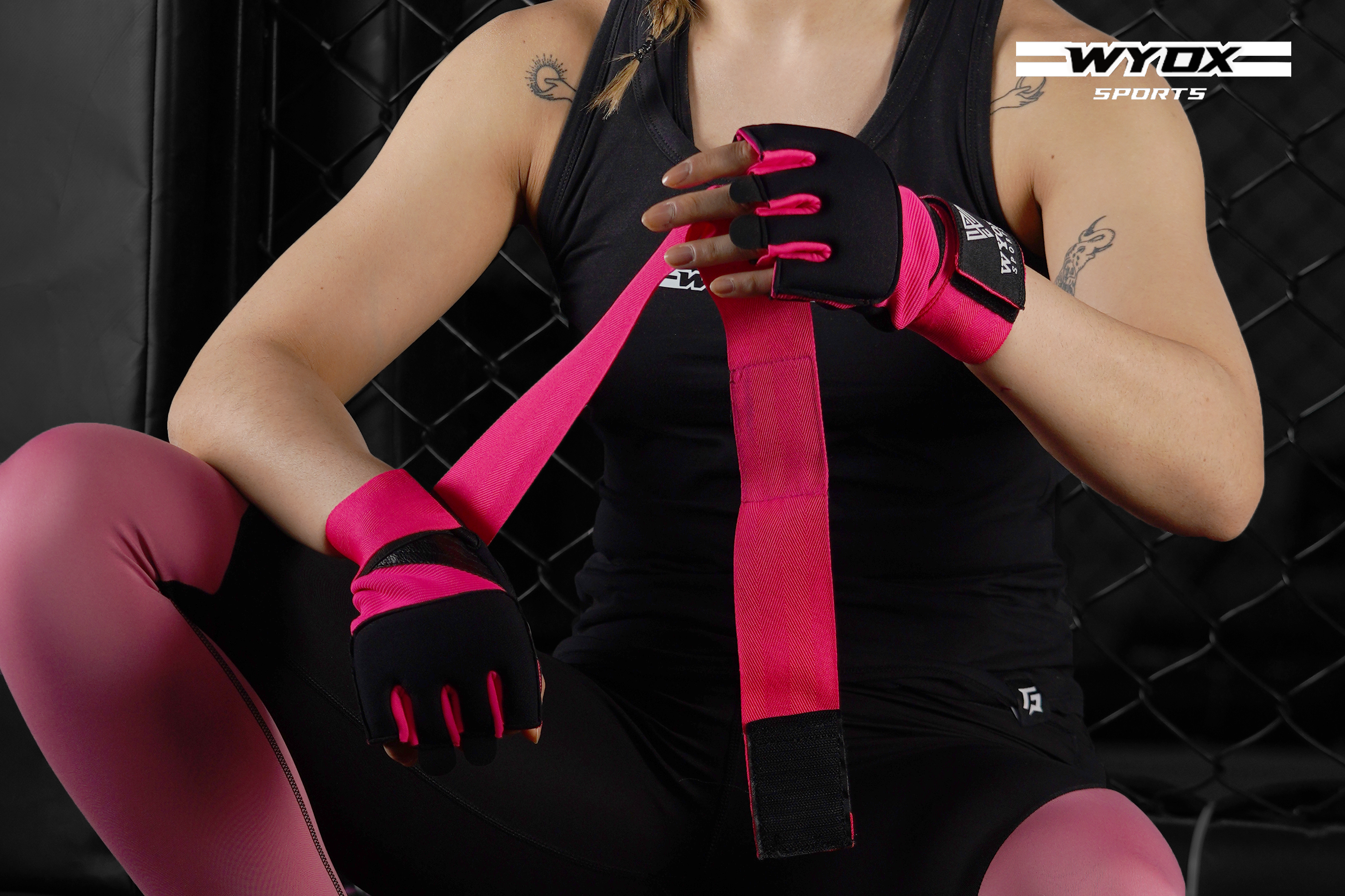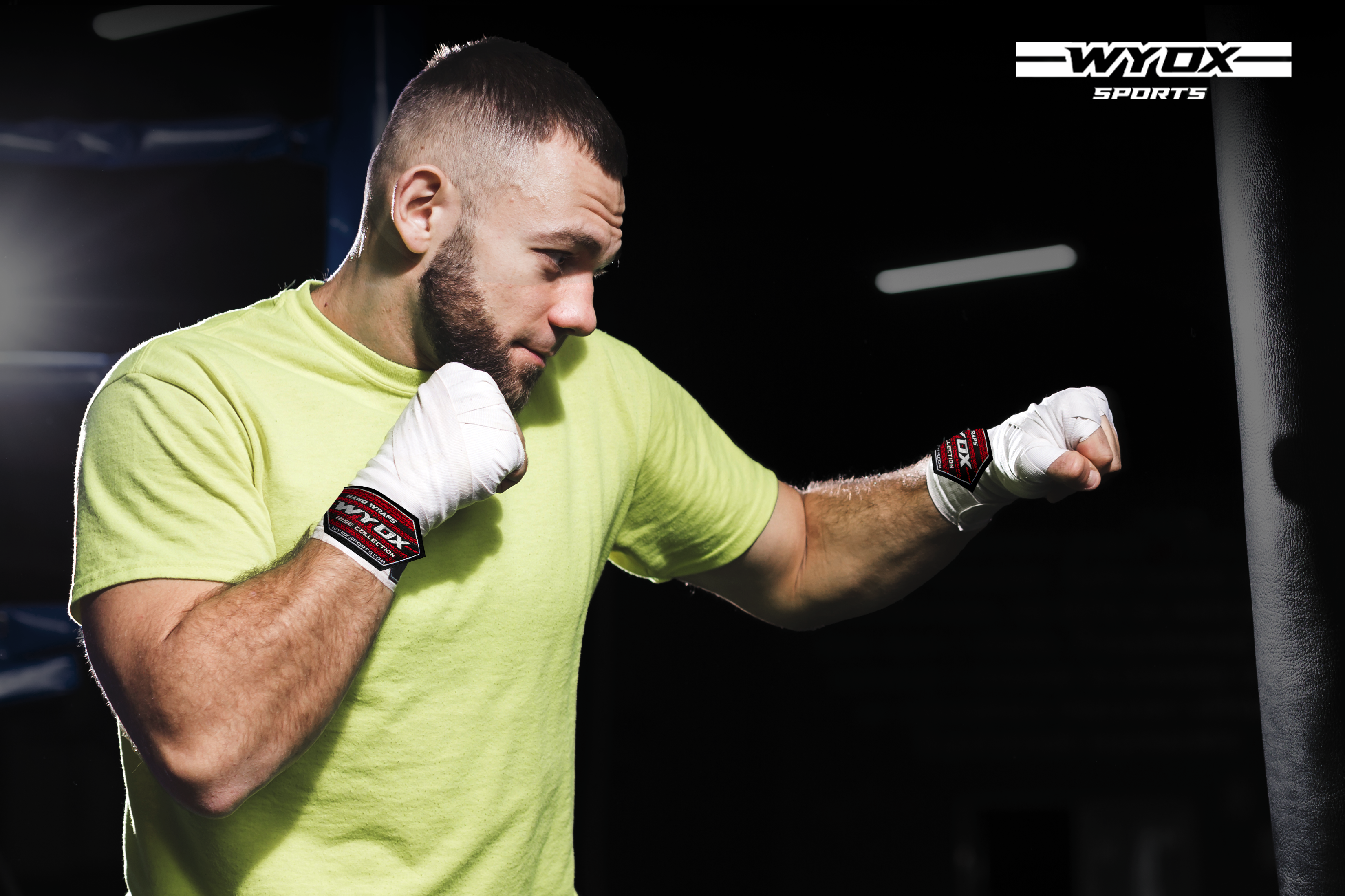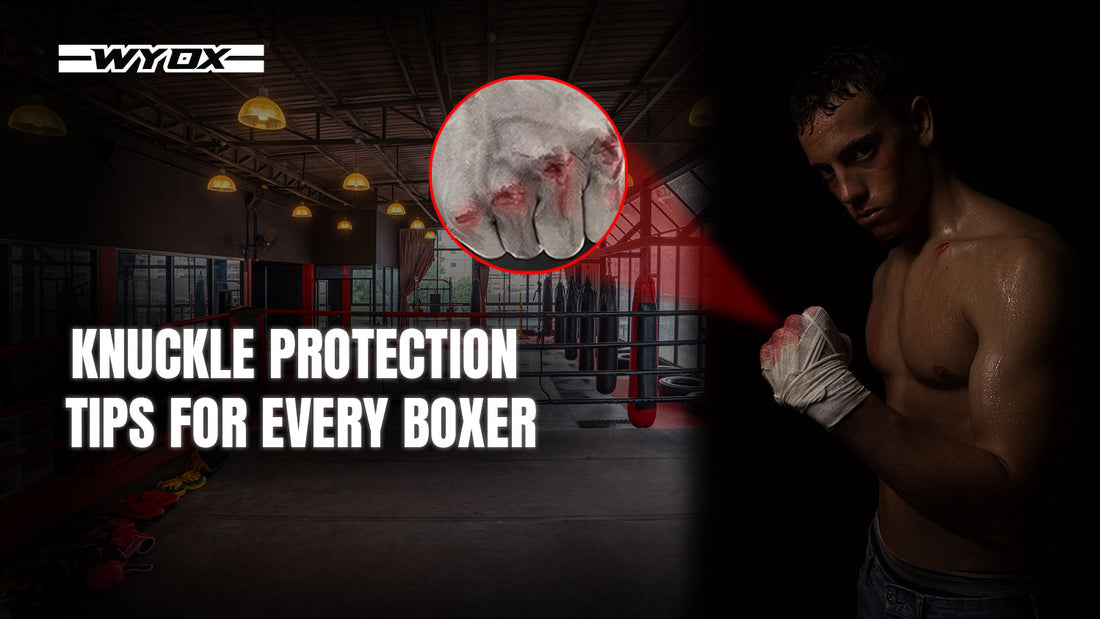Boxers are obsessed with their knuckles and rightly so. Fighters knuckles are their natural defense against their opponent. If you ever get a chance to know a fighter, you’ll notice how they love the raw impact their knuckles deliver. Those little bumps can do some serious damage and fighters are in awe of these tiny weapons on their hands. But this power comes with a responsibility- safety.
Knuckle injuries are common in boxing, ranging from bruises to fractures, and they can be pretty bad too, impacting a fighter’s career even. Understanding how to protect and strengthen knuckles in a fight or during training will make all the difference, and its true for both professionals as well as amatuer.
Lets see why fighters are so in love with their knuckles, how to keep them safe, common injuries, and how to protect them using protective gear.
The Appeal of Fighting with Knuckles
The question is why love knuckles so much, after-all? Because, knuckles mean a hard punch and fighters are always thinking about how to punch harder. For fighters, nothing beats the raw, unfiltered power of a knuckle punch. This naked force can send shockwaves through your opponent. Fighters revel in the feeling of connecting a solid punch with their knuckles, it's a unique experience that gives you a sense of control and dominance.
It is hardly just power, it's about precision and control too—landing a punch with pinpoint accuracy is a lot easier with your knuckles, especially when you are so close to your opponent. This gives fighters a much-wanted edge, letting them spot and manipulate their opponent's weak spots with disarming efficiency.
And, who doesn’t like being in control, especially in a fight!
Boxer Knuckles vs. Normal Knuckles
This love for knuckles comes with a heavy price, though! Fighting with knuckles puts them at risk. Boxers' knuckles are battle-hardened with rigorous training and conditioning. Quite unlike the average person's knuckles, boxing knuckles are tough because of the countless hours of hitting bags, mitts, and sparring partners. This stringent training gives a fighter’s hands immense strength.
Over time, the bones in a boxer's hands grow stronger, showing their dedication and grit. Knowing that their knuckles are conditioned to deliver maximum damage with minimal risk of injury gives fighters a psychological boost. It's this combination of physical and mental strength that makes a boxer's knuckles their asset in the ring, raging fear in the hearts of their opponents.
Safety Tips for Fighting with Knuckles
Tough boxing knuckles? You must be a fighter? Yes but they need protection too.
In the heat of battle, protecting your most vital tools—your hands—is paramount. That's why fighters wrap their hands before every training session and fight. Hand wraps help by stabilizing the wrist and protecting the knuckles. With your protective and supportive hand wraps, hand bones stay aligned which means a reduced risk of fractures and sprains.
1- Properly wrapped hands can absorb and distribute the shock from punches, minimizing the impact on the delicate structures within the hand.
2- Another easy safety tip for your knuckles is to avoid hitting the bony parts of your opponent, such as the head, face, and forehead. These hard, bony areas can do more damage to the fighter's knuckles than the opponent.
Instead, fighters are trained to target the fleshier parts of the body. Hitting the softer areas not only reduces the risk of hand injuries but also maximizes the impact of each punch.
3- When it comes to delivering powerful blows, using the big two knuckles—the index and middle knuckles—is essential. These knuckles are stronger than the smaller three knuckles and they are also capable of bearing greater force without breaking down. Focus punches through these knuckles and you can enhance their striking power while safeguarding their hands.

Safety Regulations in Professional Boxing
Boxing these days is hardly raw and barehanded. Knuckle protectors or guards or other kinds of protective gear are always there to ensure safety of the hands of the fighters.
In modern professional boxing, we have very strict rules regarding the use of hand wraps and boxing gloves. These rules are basically there to protect fighters and ensure fair play. Hand wraps must adhere to specific guidelines regarding length, width, and material. They are usually made from a mix of cotton and elastic, providing both comfort and support.
Gloves are another critical component of a fighter's safety gear. They are manufactured to protect both the wearer and their opponent, dispersing the force of blows and cushioning the impact as well with their padding. Different types of gloves are used for training, sparring, and competition; the aim is protection and performance.
Following these regulations is not just about control; it's about safety. Protective gear that meets international safety standards is sure to prevent or at least reduce chances of injury. Fighters who take these precautions seriously will have a longer , more sustainable career, delivering powerful punches with confidence and minimizing the risk of long-term damage.
Common Knuckle Injuries in Boxing
Stepping out of the ring with throbbing knuckles is a badge of honor many fighters wear with pride. But the pain in the knuckles often tells a story of overuse and impact-related injuries. Every strong punch sends shockwaves through the hand possibly leading to bruising, fractures, and sprains. These injuries are the inevitable consequence of the brutal, repetitive force that boxing demands. The pain afterwards is just a reminder of all that was endured in the pursuit of perfection.
Why Are My Knuckles So Big?
Ever noticed how a veteran boxer's knuckles are often larger than those of an average person? This change in size comes from swelling caused by repeated impact. With each punch, the knuckles absorb tremendous force, leading to inflammation and, over time, long-term changes in their appearance. These steel-hard, giant knuckles tell a story of the years of relentless training and some really fierce battles in the ring.
Preventing Knuckle Injuries
To avoid injuries and even harness more power, focus more and more on the proper punching technique. Spend time learning how to properly punch. Just imagining power and throwing blind, mad punches is the right way. That’s a recipe for self-destruction only.
Here’s how to do it:
- Start with your protective gear on. Protective hand wraps and gloves are a must to avoid unnecessary pain and fatigue.
- Land your punches with the first two knuckles—the index and middle knuckles. They are the stronger ones.
- Keep the wrist straight and aligned with your forearm. This will save you from sprains or fractures.
- A punch isn’t just the power of your hands; it’s rather about the alignment of your entire body while landing a punch. Use your legs, hips, and shoulders to generate power.
How to Make Knuckles Stronger
One way of injury prevention is strengthening your knuckles with targeted training. Knuckle push-ups are a great start, as they build resilience and toughness. Specific drills, like punching sandbags or doing specifically knuckle strikes on a makiwara board, can also increase the strength of the knuckles.
These exercises don't just beef up the skin and bone for a fight but also improve overall punching skill and power. You’ll automatically learn how to punch harder with this type of knuckle training.

Protective Gear for Knuckles
Using Gloves and Wraps
Proper protective gear is the most convenient way of securing your knuckles. There are different types of knuckles boxing gloves designed for various purposes: training gloves for practice sessions, sparring gloves for partner drills, and competition gloves for official matches. Each type comes with a specific padding and support system to minimize the brutal impact on your knuckles and hands.
Hand wraps are equally important, serving as knuckle protectors. They stabilize the wrist, support the hand, and cushion the knuckles. Wraps are typically made from a blend of cotton and elastic, providing a snug yet flexible fit. Proper wrapping techniques are crucial—start at the wrist, wrap around the knuckles, and secure with a firm but comfortable tension. Choosing the right gloves and wraps means freedom from wrist and knuckles injuries.
Take a Look at This: How To Wrap Hands For Boxing: A Step-By-Step Guide
Conclusion
Knuckles are fighters’ assets. The thrill of landing a punch with raw power and precision is unmatched, but it comes with the real risk of injury. Proper punching techniques, dedicated knuckle-strengthening exercises, and the use of protective gear like gloves and hand wraps are essential to keep those knuckles in fighting shape. Following safety rules is all about protecting your knuckles- fighters’ tools that are extremely essential for your career. It is by prioritizing the knuckles, fighters can make sure they remain a force to reckon with in the ring.

